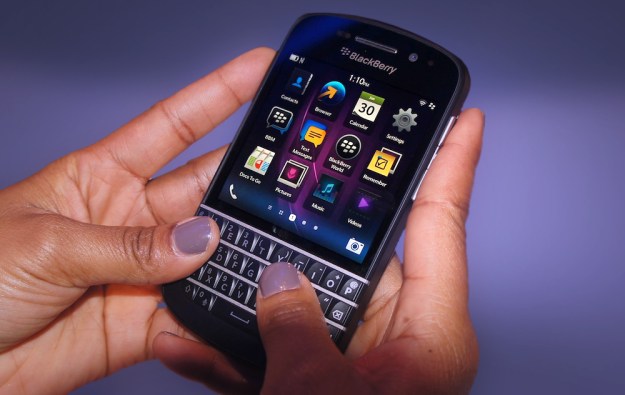
Whenever a new device comes out, we look for the killer feature that justifies its existence among a crowded field of competitors. Not every device rises to the challenge. Even the iPhone 5 has features that either match or fall short of its (largely Samsung-sourced) competition. Samsung appears to take great pleasure in pointing this out in ads.
Well, the new BlackBerry 10 phones do have a killer feature. We tend to take it for granted, but it is likely the most undervalued killer feature in smartphones today: It has potentially unlimited battery life.
Battery life
I don’t care how good a display a phone has, how fast a network, or how big a screen. All of these are compelling features, but if the battery is dead, the phone is just an expensive doorstop. Most current-generation phones not only have sealed-in batteries that can’t be swapped, they are getting smaller and smaller and manufacturers chase each other to get thinner and thinner. This would be like if you had a bunch of cars running out of gas on the road while car manufacturers competed with each other over who could have the smallest gas tank. Many of the newest phones don’t even make it through a day.
Well, the Blackberry 10 not only has a replaceable battery, it has an external charging option – a case to hold the spare battery so that it can be charged alongside with the BlackBerry, and even plugged into the phone so you can keep working without having to reboot to replace the battery. This could give you nearly unlimited battery life.
Until we get broadcast power working, or inductive charging becomes more common with devices, this approach is arguably the best in the market because it was designed as a solution to a real problem.
Why not just use a battery-boosting case?

Mostly because these cases don’t work that well. First, they take an otherwise slim and light phone, (two factors you likely used to justify your decision to buy it) and turn it into a chubby, heavy phone. Second, they often don’t charge the phone properly, or don’t fully charge themselves, which basically leaves you with a chubby, heavy phone with no battery life. The worst of all worlds.
Better for everyone, and the environment
The whole idea of built-in batteries, which Apple pioneered with the iPod (and was subsequently sued for), was a really bad one. The primary reason isn’t because the battery can’t be replaced when it runs out of power, it’s because batteries wear out quickly when you constantly charge and discharge them. When they do, most folks toss their phone into a landfill rather than paying to install a new battery. Not a great solution considering these batteries are also toxic. For those of us who recycle batteries, having the ability to pull out and recycle the phone battery not only allows to use our phone longer, or pass it on to someone who needs it, but allows us to more easily protect the environment.
So in one fell swoop, BlackBerry came up with a feature that not only addresses the dead phone problem, but helps the device last longer and potentially helps the environment. Now that’s my idea of a killer feature.
Guest contributor Rob Enderle is the founder and principal analyst for the Enderle Group, and one of the most frequently quoted tech pundits in the world. Opinion pieces denote the opinions of the author, and do not necessarily represent the views of Digital Trends.
Editors' Recommendations
- BlackBerry trailer depicts the rise and fall of the iconic phone
- A new BlackBerry with a keyboard is still on the schedule for 2022
- BlackBerry rises from the grave: New 5G phone with a keyboard coming in 2021
